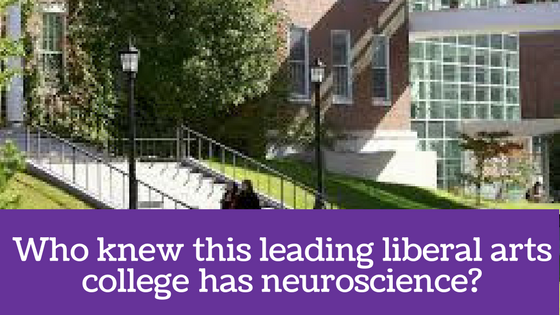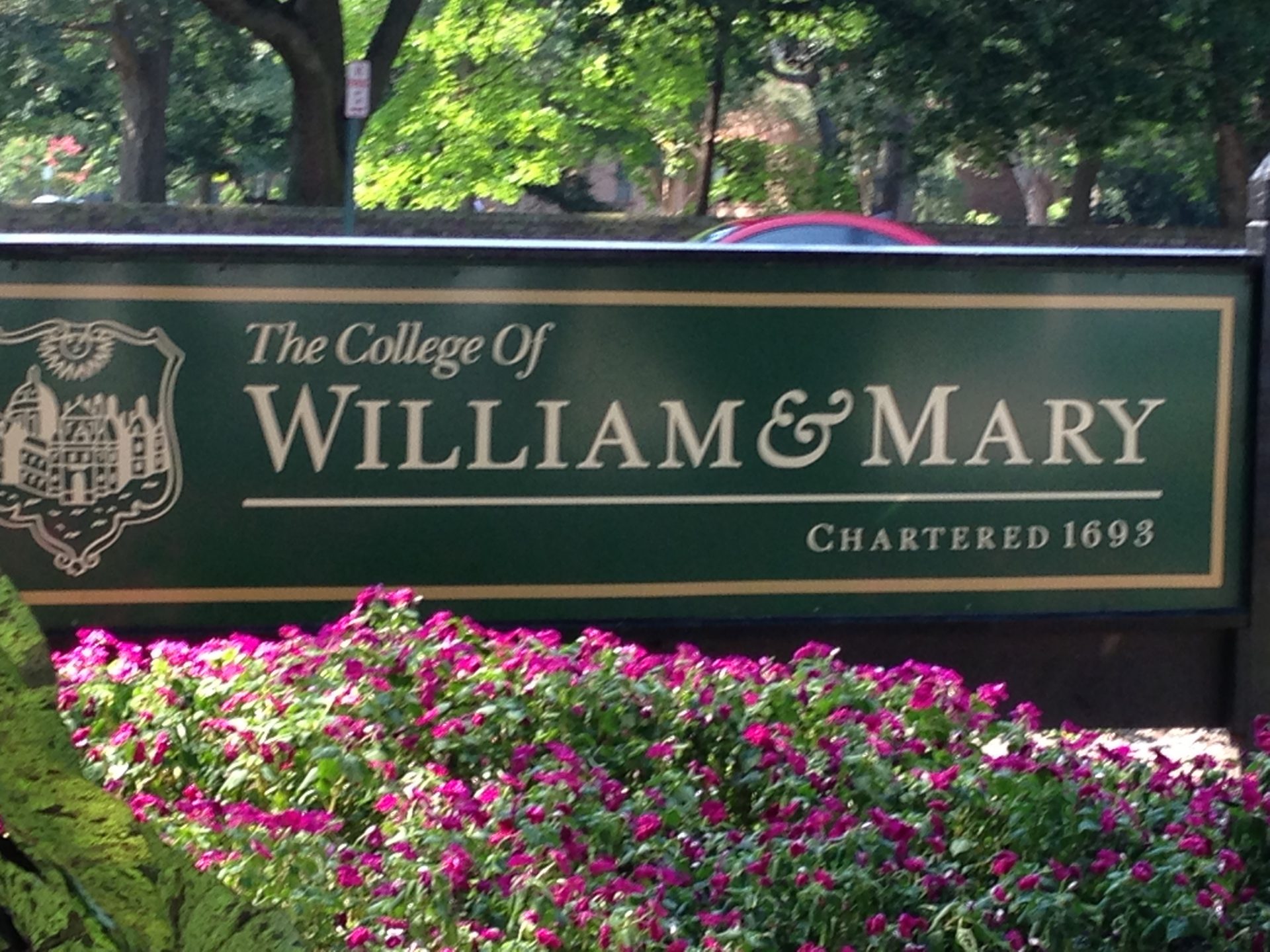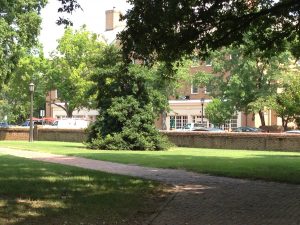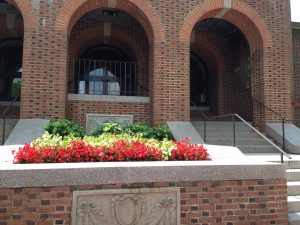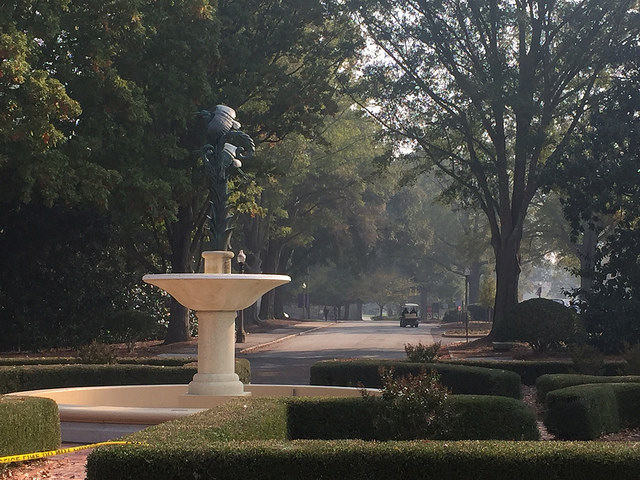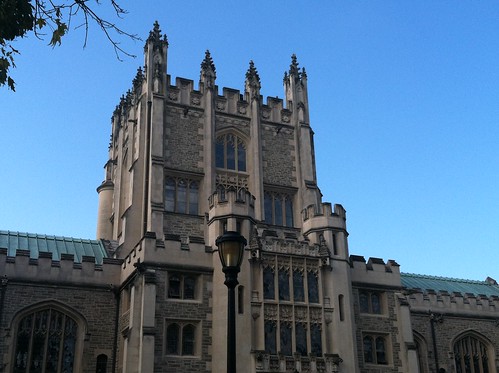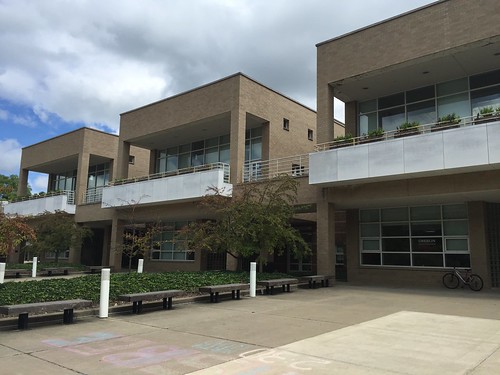Bowdoin College, nestled in the heart of pine grove and athletic fields in Brunswick, Maine, is a leading liberal arts college that focuses on the teaching and study of the environment across the disciplines. Though primarily a liberal arts college, their academic strengths include the sciences, especially neuroscience and environmental sciences.
A little known fact about Bowdoin is that student research is an important component of faculty tenure. This value leads to an abundance of research opportunities for students across disciplines.
Bowdoin is the alma mater of famous authors such as Harriet Beecher Stowe, Henry Wadsworth Longfellow, and Nathaniel Hawthorne, so nature, art, and friendship are integral parts of the student experience. To emphasize this, before classes begin, the entire entering class takes pre-orientation hiking, canoeing, kayaking, or community service trips that teach them about the people and the landscape of Maine.

As part of the curriculum at Bowdoin, freshmen choose from a variety of seminars that stress reading and writing skills. Over the undergraduate years, students must complete 32 courses, including one each in natural sciences and math, social and behavioral sciences, and fine arts and humanities, in addition to a required course in the visual and performing arts. On their website, Bowdoin discusses its “Offer of the College” which is worth referencing here because it speaks volumes about the mission and quality of the educational experience for students:
THE OFFER OF THE COLLEGE AND THE BOWDOIN CURRICULUM
– Adapted from the original “Offer of the College” by William DeWitt Hyde – President of Bowdoin College 1885 – 1917
To be at home in all lands and all ages;
To count Nature a familiar acquaintance,
And Art an intimate friend;
To gain a standard for the appreciation of others’ work
And the criticism of your own;
To carry the keys of the world’s library in your pocket.
And feel its resources behind you in whatever task
you undertake;
To make hosts of friends …
Who are to be leaders in all walks of life;
To lose yourself in generous enthusiasms
And cooperate with others for common ends –
This is the offer of the college for the
best four years of your life.
Wow . . . doesn’t that say so much about the community life at Bowdoin? I love that “Offer”!
Additional quick facts about Bowdoin:
Acceptance: 10%
Freshman retention: 98%
Freshmen from out of state: 89%
4-year Graduation rate: 88%
Most popular majors: government, economics, biology
Social: Bowdoin’s social life is centered around their social houses, which have replaced Greek life organizations on campus. The houses host all the events – academic, cultural, as well as parties – and are open to all students at the college. In the winter time, students take advantage of the nearby ski resorts, hiking, kayaking, and canoeing trips to enjoy Maine’s wintry landscape. Another big part of student life focuses on sports, especially Bowdoin’s ice hockey team, the Polar Bears. A strong 70% of the students participate in club sports, intramurals, and recreational activities.
Similar colleges to consider: Amherst, Williams, Wesleyan
Housing: 91% of students live either in Bowdoin’s renovated, historic halls or in the social houses on campus. Because Bowdoin prioritizes maintaining their inclusive and dynamic community, all freshman and sophomores are required to live on campus, with juniors and seniors rarely given the privilege to live off campus.
Financial aid: Bowdoin offers only need-based scholarships, with 100% of need met. Although the tuition and fees are $68,000, the average financial aid package is $44,000, with about 80% of students receiving scholarships. There is also an additional $1,000 to $2,000 that can be received from Bowdoin’s National Merit Scholarship, with $2,000 being given to those eligible and $1,000 as a recognition reward to those who are not eligible.
What do you think about Bowdoin? What about this college is a good fit? Please post your comments below.


